Science in Ancient Artwork
PAKAL, THE MAYA ASTRONAUT:
A STUDY OF ANCIENT SPACE TRAVEL
by Charles William Johnson
PART: VII
An Alternate Computational Design
Setting aside for the moment the perspective of
mechanical engineering, there appears to be another way in which the same
idea of movement has been communicated in the image of Pakal. This 7th
century sculpture appears to enclose information relative to its basic
design. In a later essay, we hope to illustrate the manner in which said
information has been enclosed in the design, which would require an extensive
explanation.
For now, let us offer the visual image that is suggested by the
data's design in this sculpture. The significant point to discern
is that the artist who designed this work, did so on the basis of
the concept of movement. With one single image, the
designer/artist was able to portray the concept of movement,
which would allow us to understand the mechanical functioning of
the vehicle portrayed therein. One image reveals many. In order
to be able to achieve this suggested exploded view, the
designer/artist marked off specific points and angles which tell
us how to conceive of the single image in order to produce the
sequential images.
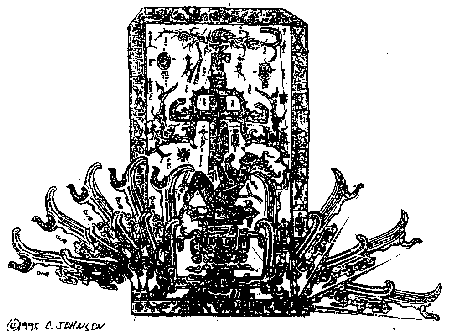
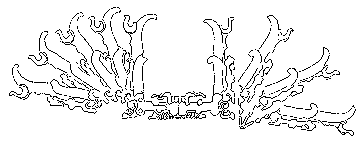
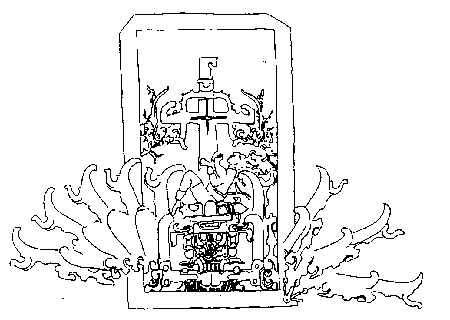
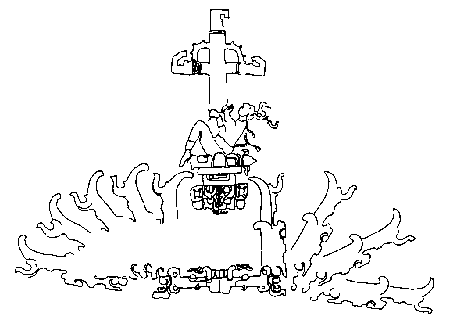
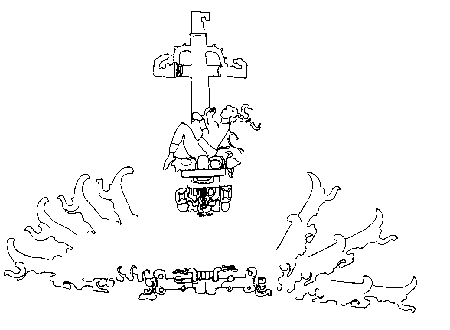
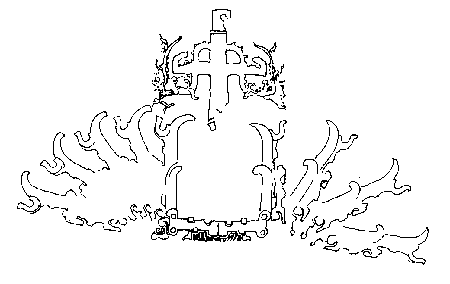
Pakal: The Maya Astronaut
Part VII |
"Pakal,
The Ancient Astronaut:
Paleoanimation of the Sculpture of the Maya at Palenque"